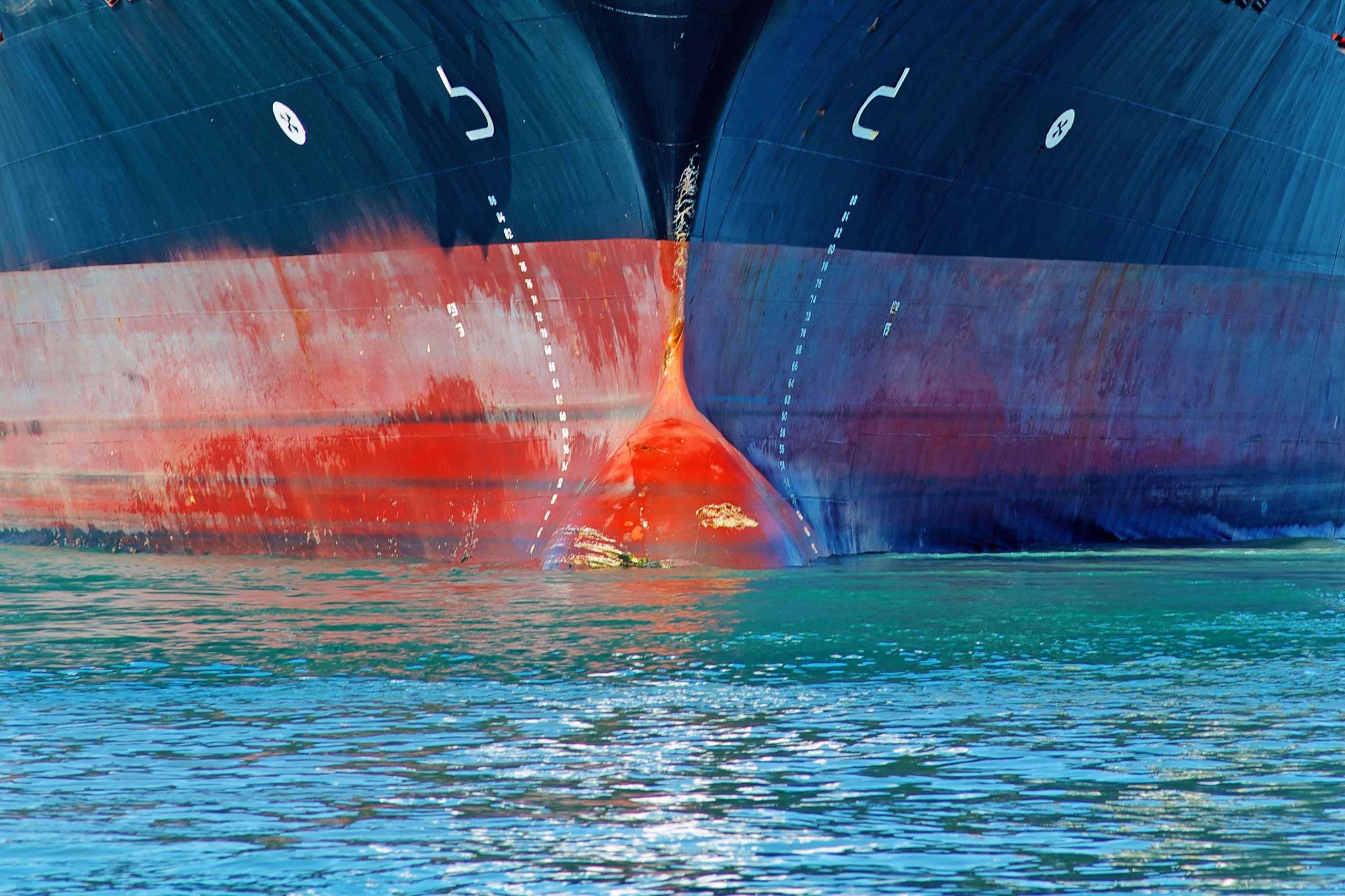Time Bar under Finnish civil law and Finnish maritime law
According to the general principle of law debts shall be time bared if the creditor does not demand settlement within a reasonable time. Rules to shorten the limitation periods are implemented in Finnish legislation. The general law on time bar applicable to debts and other obligations are laid down in law 2003/728 Act on Limitations on debts. These general rules are applicable to all sorts of obligations (money, goods, services, damages, indemnities etc.) but do only apply if no special regulations on time bar are stipulated elsewhere in the legislation.
The general law are mandatory and hereof it is not possible to limit the debtor's right to invoke limitation in a contractual relationship. A contractual arrangement is possible, but contractual terms deviating from the rules of the law in the detriment of the debtor are considered invalid.
The general limitation period is three years. The period starts to run from the time when the debt falls due or when the debtor is entitled to demand payment. As regards compensations, such as indemnity claims, the limitation period are suspended for as long as the creditor does not know and could not reasonable have known of the facts giving rise to the claim; meaning the period starts at the time when the claimant has learnt or ought to have learnt of the damage and the person responsible therefor.
The expiration of the limitation period can be interrupted. There are no formal requirements as regards the interruption of the limitation period; any evidential measure is sufficient and the period can be interrupted by recognizing or reminding of the debt in an informal way. The period is also interrupted if the debtor recognises the existence of the debt by paying a part of it or by agreeing on a payment plan. As regards tort liability the debtor are obliged, with reasonable accuracy, to inform about the details of the debt and the amount. The intention with the interruption is to make sure that the debtor is aware of the debt and that the creditor still intend to demand payment thereof. When the expiration period is interrupted a new expiration period of equal duration commences, that can be interrupted again.
The effect of limitation is that the creditor loses its right to take actions against the debtor. The prescription enters into force directly by law; the parties do not have to make any actions. Hence, in a legal procedure the prescription is only taken into account if the debtor objects thereto.
Time limit under the Finnish civil law - The general limitation period according to the Act on limitations on debts (2003/728)
Nature of ClaimTime Bar
| General Period (Law 2003/728 § 4) | 3 years |
| Claim based on contract (Law 2003/728 § 5 and § 7) | Within 3 years from the due date or the date when the aggrieved party learnt to or ought to have learnt of the breach of contract. However, no more than 10 years from the breach. |
| Claim based on tort (Law 2003/728 § 7) | Within 3 years from the date when the aggrieved party learnt or ought to have learnt of the damage. However, no more than 10 years from the damage. |
| Claim based on personal injury (Law 2003/728 § 4) | Within 3 years from the date when the aggrieved party learnt or ought to have learnt of the damage. |
Special regulations as regards time bar applicable to maritime law are defined in law 1994/674 the Finnish Maritime Code (FMC).
Time limits under the Finnish maritime law - statutory limitation in the Finnish Maritime Code (1994/674)
Nature of ClaimTime Bar
| Claim for salvage reward or special compensation (Chapter 19 § 1, subpar. 1 FMC) | Within 2 years from the date on which the salvage operation ended. |
| Claim for a share of salvage reward or of special compensation (Chapter 19 § 1, subpar. 1 FMC) | Within 1 year from the date on which notice was received about the size of the salvage reward and salvage share. |
| Collision claim (Chapter 19 § 1, subpar. 2 FMC) | Within 2 years from the date on which the damage occurred. Claim for contribution paid in addition to its share, within 1 year from the date of payment. |
| Passenger Claim - Claim for a passenger´s loss of life or personal injury or claim for delay in carriage of passengers (Chapter 19 § 1, subpar. 3 FMC) | Within 2 years from the date on which the passenger should have disembarked or did disembarked. If the death took place after disembarkation, within 2 years from the date of death. In no case can an action be brought later than 3 years after the date of disembarkation or the date when disembarkation should have taken place. |
| Passenger Claim - Claim for loss or damage to luggage or for delay in delivery of luggage (Chapter 19 § 1, subpar. 5 FMC) | Within 2 years from the date on which the luggage was brought ashore or other luggage were delivered or, if the luggage has been lost during the voyage, from the date on which the luggage should have been brought ashore or delivered. In no case can an action be brought later than 3 years after the date of disembarkation or the date when disembarkation should have taken place. |
| Cargo Claim - Claim for damages for loss of, damage to or delay in connection with the carriage of goods or for incorrect or incomplete statement in a B/L (Chapter 19 § 1, subpar. 4 FMC) | Within 1 year from the date on which the goods were delivered or should have been delivered. The time limit can be extended if the parties so agree. |
| Cargo claim - Recourse Claim (Chapter 19 § 1 Section 2) | Within 1 year from the date on which the claim was paid or on which an action for the claim was brought. |
| General Average - Claim for general average contribution (Chapter 19 § 1, subpar. 6 FMC) | Within 1 year from the date the average adjustment became final. |
| Oil pollution - Claims for oil pollution damage or claim caused by bunker (Chapter 19 § 1, subpar. 7 FMC) | Within 3 years from the date the damage occurred. In no case can an action be brought after 6 years from the date of the incident. If the damage was caused by a series of occurrences, the period shall run from the date of the first occurrence. |
| Wreck Removal - Claim for compensation for costs caused by locating, marking and removal of wreck in accordance with the Nairobi Convention. (Chapter 19 § 1, subpar. 8 FMC) | Within 3 years from the date the wreck has been assessed to constitute a hazard. In no case can an action be brought after 6 years from the date of the maritime casualty causing the wreck. If the maritime casualty consists of a series of occurrences, the period shall run from the date of the first occurrence. |




